Advanced Search
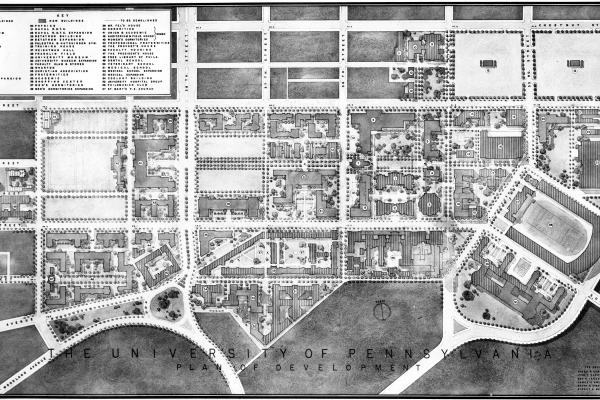
In the first half of the twentieth century, two campus plans—the Cret Report of 1913 and the Martin Report of 1948—called for the creation of a pedestrian campus free of urban congestion.
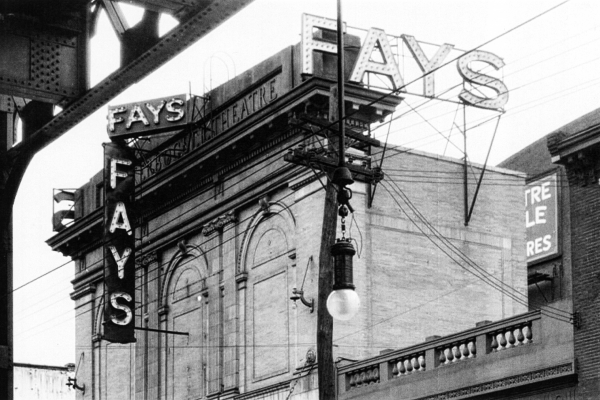
Fay’s Theatre, a small West Philadelphia entertainment venue, reflected the creation and transformation of community spaces during the Great Migration.

The Knickerbocker Theatre, predecessor to Fay’s Theatre, debuted in 1914, offering performances catering to the local community.

Concerned Philadelphians addressed the housing issues and discrimination faced by migrants.
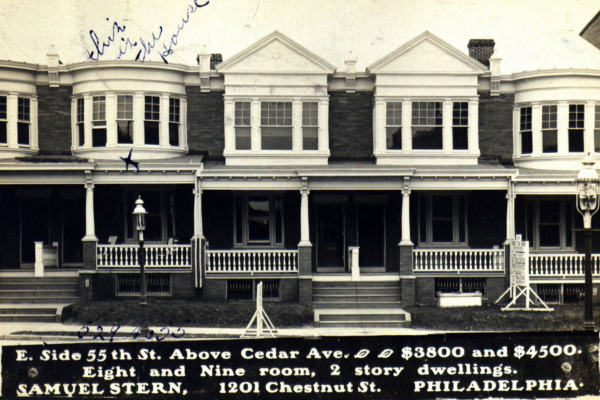
A housing crisis, combined with White resistance to Black settlement, created high rents and overcrowding for migrants in the first wave of the Great Migration.

Southern African American migrants shared a complex relationship with Philadelphia’s middle-class Black families with multigenerational ties to the city.

The Great Migration left a lasting impact on West Philadelphia that can still be felt and seen in residential patterns and community relationships.
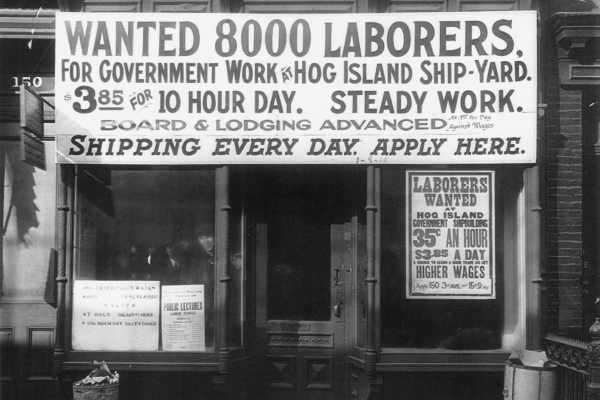
Southern African Americans migrated to West Philadelphia for increased economic opportunity and the potential of homeownership.
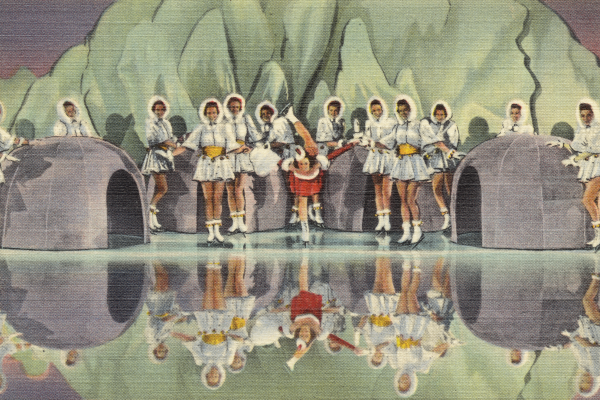
The Arena began as an ice rink, but quickly expanded to an arena used for events like boxing matches, rodeos, and major political events.
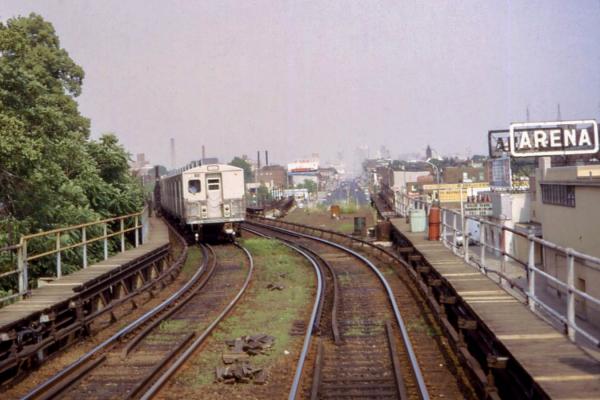
For over six decades the Arena marked the southeast corner of 45th and Market streets as a center for Philadelphia sports, entertainment, and civic events.
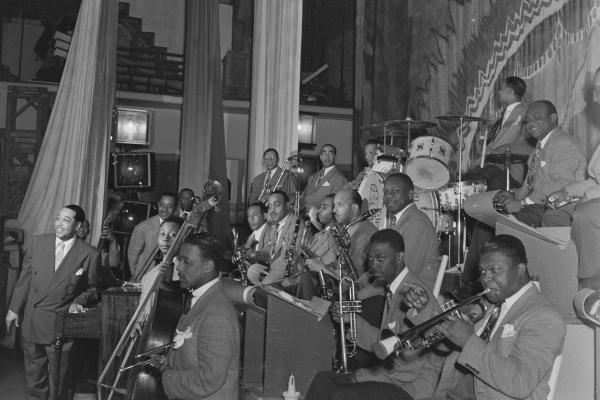
Fay’s Theatre found success as a jazz club after managers expanded their target audience to reflect West Philadelphia’s changing demographics.
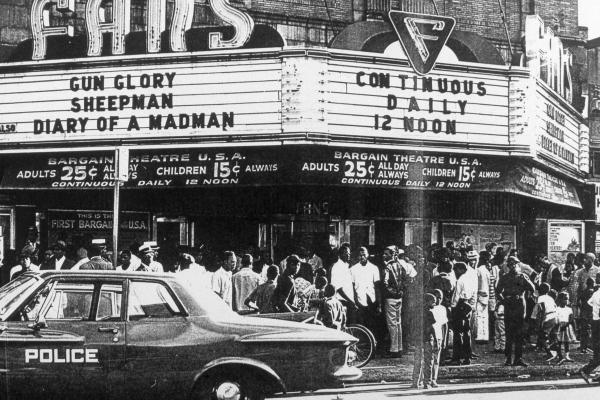
Fan’s, the last incarnation of Fay’s Theatre, served as a second-run movie theater and occasional beacon for community outreach until 1964.